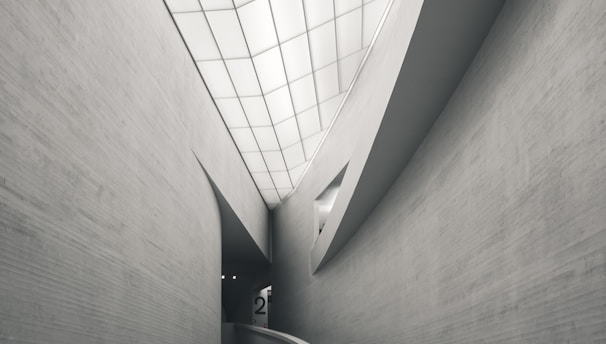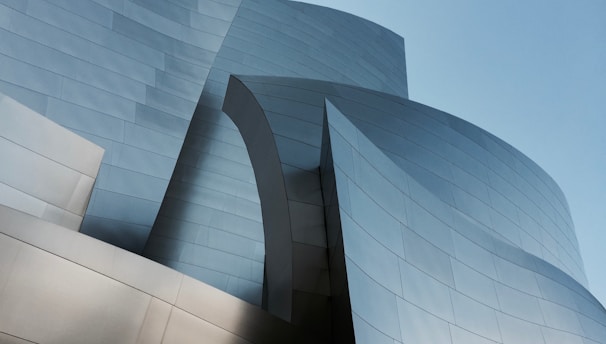Chlorophyllum Rhacodes




Potential lookalike mushrooms for Chlorophyllum rhacodes include:
1. Chlorophyllum molybdites: This mushroom is similar in appearance to Chlorophyllum rhacodes but has greenish-brown spores instead of pinkish-brown spores. The cap and stem of Chlorophyllum molybdites are also typically more brown than the shaggy parasol.
2. Lepiota species: There are several Lepiota species, such as Lepiota procera and Lepiota castanea, which can be mistaken for Chlorophyllum rhacodes. However, these mushrooms have white spores, and their caps and stems are typically smoother and less shaggy.
3. Poisonous parasols (Chlorophyllum brunneum and Chlorophyllum olivieri): These mushrooms are closely related to Chlorophyllum rhacodes and have a similar appearance. However, they contain toxins that can cause severe gastrointestinal distress and other symptoms.
Description
1. Cap: The cap of Chlorophyllum rhacodes is typically 10-25 cm in diameter, with a convex or flat shape. The color of the cap ranges from pale to dark brown, and it often has shaggy scales on the surface.
2. Gills: The gills of Chlorophyllum rhacodes are free from the stem and white in color when young, becoming pinkish-brown as the mushroom matures. The gills are relatively widely spaced and have a smooth edge.
3. Stem: The stem of Chlorophyllum rhacodes is typically 10-25 cm tall and 1-3 cm thick. It is white and has a fibrous texture, often with a large, shaggy ring near the top of the stem.
4. Spores: The spores of Chlorophyllum rhacodes are pinkish-brown in color and elliptical or almond-shaped, measuring 10-14 x 6-8 µm.
5. Habitat: Chlorophyllum rhacodes is typically found in grassy areas, such as lawns, parks, and pastures, from late spring to early fall.









